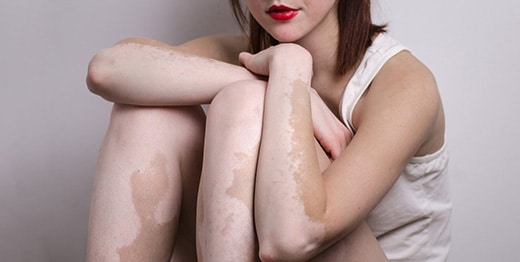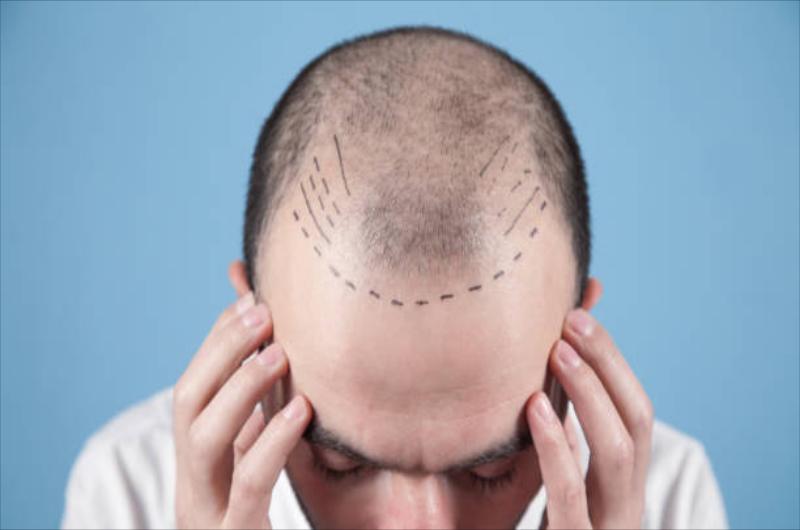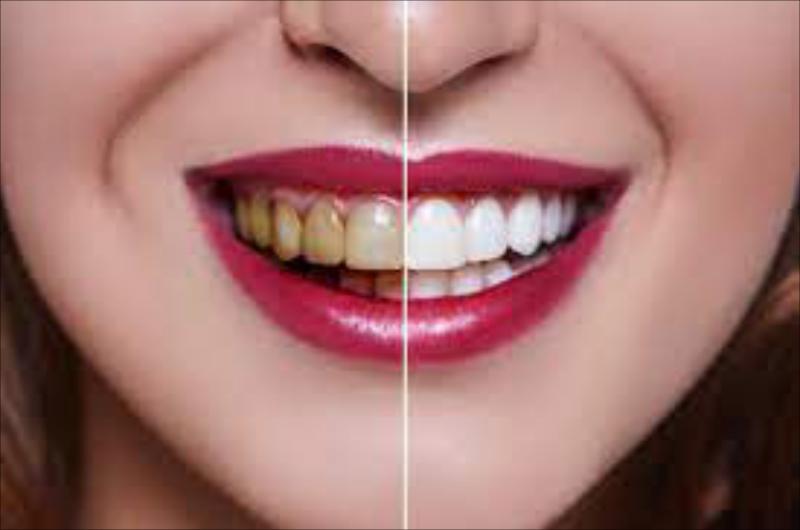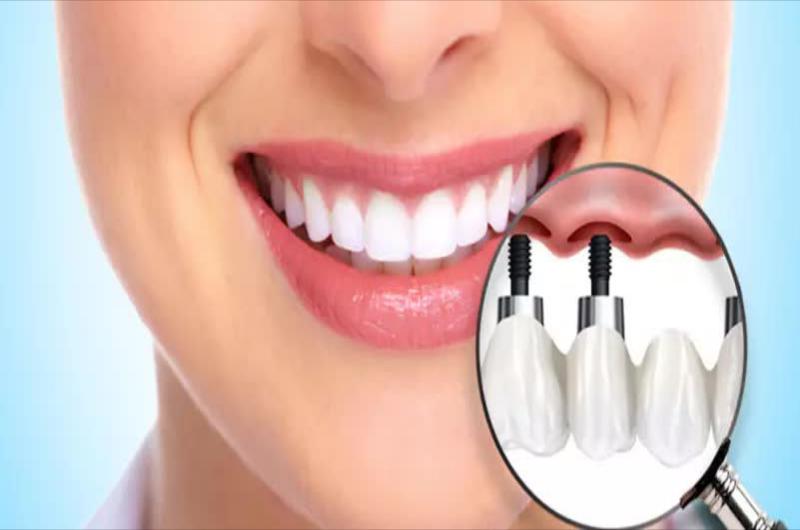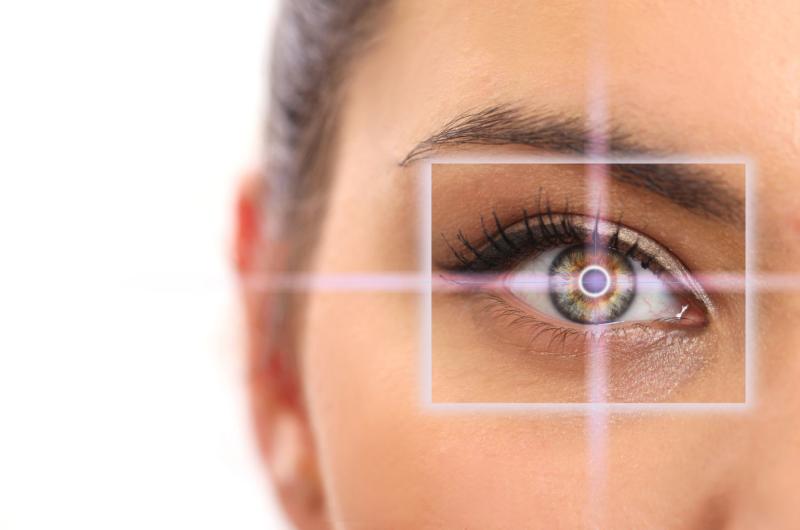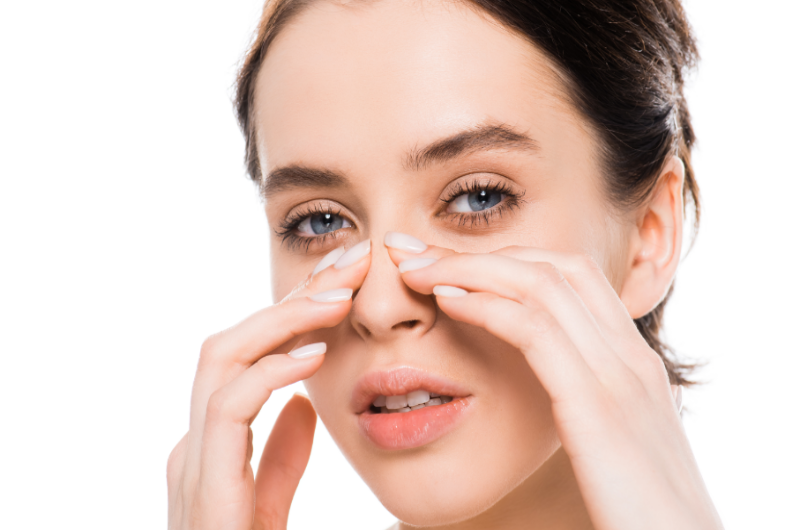About Treatment
Vitiligo is a poorly studied dermatological disease that causes a lot of aesthetic and psychological inconvenience to its owner, who lives in a modern, intolerant and fearful society. However, you can try to figure out the possible causes and existing methods of treating this disease.
Let's start with determining the place of vitiligo in the system of dermatological diseases. Pathology belongs to the group of dyschromia cutis (skin dyschromia). The name is translated from Greek as a defect of skin pigmentation.
Skin color in the normal state of the human body is determined by four pigments:
Melanin is responsible for the brown color.
Carotene - provides yellow tint.
Hemoglobin, saturated with oxygen, is contained in the capillaries and has a red color.
Reduced hemoglobin - is contained in venules and has a blue color.
Most often, a change in skin pigmentation is associated with an excess or lack of melanin.
While doctors are looking for the causes of vitiligo and means of combating this disease, the cosmetological approach to the problem offers a solution in the form of tattooing. Paint is driven into the depigmented areas of the skin using a special apparatus to mask white spots. There are two drawbacks to this approach: it is applicable only for small areas of vitiligo and the lack of treatment as such.
Thus, vitiligo belongs to acquired primary skin dyschromias, although it has been established that in about a third of cases it is transmitted genetically.
Clinical Forms
From the point of view of the localization of vitiligo and the nature of its spread and development, several clinical forms can be distinguished, namely:
Focal (local) form, which has 3 varieties:
Focal, when one or more spots are present in one focus.
Segmental, when the spots are located in the direction of the nerves or their plexuses.
Mucous membrane, when exclusively mucous membranes are affected.
Generalized form, which also includes 3 types:
Acrofascial, when the distal parts of the hands, feet and face are affected.
Vulgar when there is a random scatter of spots all over the body.
Mixed, when acrofascial and vulgar, or segmental and acrofascial and / or vulgar varieties are mixed.
Universal form, when almost complete depigmentation of the entire skin is observed.
Dermatologists also distinguish 2 types of vitiligo:
Type A (non-segmental), which leaves behind all the remaining forms and varieties of vitiligo, where the sympathetic nervous system is not disturbed. Vitiligo of this type is often associated with autoimmune diseases.
Type B (segmental) refers to depigmented spots, distributed along the direction of the nerves or their plexuses, as in the case of shingles, and associated with dysfunction of the sympathetic nervous system.
Vitiligo is a dermatosis caused by dysfunction of skin pigmentation processes with the formation of depigmented spots. The disease can manifest itself at any age, but it occurs primarily in people under the age of 20 - between 10 and 30 years old, half of all cases of vitiligo develop. Vitiligo has no race, on average its prevalence is about 1% of the world's population, while women are more "vulnerable" to this disease.
Hair in the lesions often changes color - discolored, fat and sweating, vasomotor and muscle-hair reflexes weaken. With this disease, there is a significant risk of developing so-called solar dermatitis.
Vitiligo is accompanied by the appearance of depigmented spots, different in diameter, outlines, outlined by a zone of increased pigmentation, smoothly turning into the usual color of the skin, but predisposed to peripheral growth. Occasionally you can see milky white spots (macula), which are framed by a clear, towering border around the perimeter. Vitiliginous spots have a tendency to grow and "coalesce" with each other, thereby creating significant areas of localization of the disease.
In the long-standing foci of depigmentation, melanocytes are not found, however, in recent formations it is possible to find a small number of them, but with obvious signs of destruction, plus the same number of melanin granules in the basal layer of the epidermis - that is, very small.
A slight expansion of capillaries and uncritical accumulation of basophils, histiocytes, fibroblasts around them, uncritical death of some hair follicles, inhibition of the functions of sweat and sebaceous glands are typical for a focus of vitiligo.
Diagnosis is usually not difficult, which cannot be said for the treatment of this type of dermatosis. To clarify the diagnosis, it is differentially compared with pityriasis versicolor, true, chemical and post-inflammatory leukoderma and some other skin diseases: idiopathic teardrop-shaped hypomelanosis, tuberous sclerosis, partial albinism, thereby excluding their presence.
The causes and mechanism of vitiligo are still a secret for medical science, no matter how regrettable it may be, but there are a number of scientific hypotheses that suggest certain methods of treatment. It is possible that some of them will actually be successful after numerous clinical trials. We can list a number of scientific hypotheses about the occurrence of vitiligo, while we should not forget that the hypothesis is an unproven theory, which means that the probability of error and risk is especially high. But in the absence of other effective methods of treatment, it remains to try in practice and hypotheses - only if there are volunteers and their fair awareness of the experiment: in any case, everyone who decides to treat vitiligo is already a participant in a certain experiment, since it is not known in advance whether the prescribed scheme will help.
Causes:
Neuroendocrine disorders such as dysfunction of the thyroid gland, adrenal glands, pituitary gland, gonads.
Mental trauma.
Defects of the autonomic nervous system with predominance of sympathicotonia, in which melancholic depression, mydriasis, tachycardia, arterial hypertension, dry mucous membranes, pallor of the face and skin in general, frequent constipation can be observed.
Autoimmune causes, when antibodies are produced and T-killers multiply in relation to the body's own healthy cells and tissues.
Family history, inheritance of the disease and the influence of trigger factors on the development of the disease; It is noteworthy that the study of vitiligo together with the main genes for organ and tissue compatibility - histocompatibility (HLA-system) - gave such results as the detection of HLA haplotypes: DR4, Dw7, DR7, B13, Cw6, CD6, CD53 and A19. Moreover, all this has not yet been convincingly proven.
Enzyme deficiency of tyrosinase, an enzyme that is responsible for the oxidation of tyrosines and the synthesis of melanin in humans.
In general, based on statistics, the prognosis of treatment for vitiligo cannot be called positive. However, there are people who have completely got rid of this ailment. Medicine and laboratory and hardware diagnostics are constantly developing.
So what should be done:
The method of PUVA therapy, in which the affected areas of the body are irradiated with ultraviolet radiation of a certain intensity and wavelength. It involves taking orally or externally photosensitizing agents that improve the perception of ultraviolet radiation - 8-methoxypsoralen, 5-methoxypsoralen or trimethylpeorapene, psoberan, ammifurin or beroxane - after which, a few hours later, local or general UV exposure on special equipment. With a successful combination of circumstances, after several sessions, there is a resumption of pigmentation in the areas of the skin affected by vitiligo.
Helium-neon laser.
Glucocorticosteroid therapy - external and general: application of creams, injecting foci, taking medications orally.
Vitamin therapy with group B drugs (thiamine bromide or chloride, cocarboxylase hydrochloride, pyridoxine, cyanocobalamin, nicotinic acid and others), vitamins A (including chipping of the affected areas), C.
Micro and macroelement therapy - primarily copper sulfate 0.5-1%, including oral administration and through electrophoresis (with vitiligo, people traditionally experience a copper deficiency in the body), zinc, sulfur, iron.
Diet therapy, including without fail such a set of products as seafood, cod liver, lamb, cabbage, tomatoes, apples, rice, oats, corn.
Herbal medicine, (externally and internally), for example echinacea, which has the ability to increase the number of T-lymphocytes, which are traditionally lacking in vitiligo. The result of herbal medicine can be noticeable no earlier than six months later.
Cosmetology in the form of such products as UV protective agents during sunny days with a protection degree of more than 30, masking compounds: dihydroxyacetone and others.
We warn you that in no case should you self-medicate, method of therapy can be decided by a doctor. The main thing is not to delay a visit to a dermatologist in order to prevent the spread of the disease to various areas of the skin in time.

